Category: astronomy
-
Skywatch: Spotting the Green Comet!

C/2022 E3 (ZTF) is a long period comet that was discovered by the Zwicky Transient Facility on 2 March 2022. The comet reached its perihelion on January 12, 2023, at a distance of 1.11 AU (166 million km) and the closest approach to Earth will be on February 1, 2023. Links: https://en.wikipedia.org/wiki/C%2F202…) https://www.wkyt.com/2023/01/10/green… https://stmdailynews.com/category/sci… #comet
-
Perseid Meteor Shower Peaks Tonight
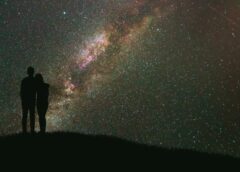
The Perseids are a prolific meteor shower associated with the comet Swift–Tuttle. The meteors are called the Perseids because the point from which they appear to hail (called the radiant) lies in the constellation Perseus. The peak of the shower starts tonight and after midnight will go on through sunrise Saturday.
-
Southern Delta Aquariids Meteor Shower Tonight!
The Southern Delta Aquariidsare a meteor shower visible from the middle of July to mid August yearly with peak activity around July 29 to 30th. The meteor shower’s origin is not fully known or, for that matter, known with certainty. A probable source is Comet 96P Machholz. Some, in the past, thought that it probably originated from the…
-
NASA’s Webb Sheds Light on Galaxy Evolution, Black Holes

The close proximity of Stephan’s Quintet gives astronomers a ringside seat to galactic mergers and interactions In an enormous new image, NASA’s James Webb Space Telescope reveals never-before-seen details of the galaxy group called “Stephan’s Quintet.” The close proximity of this group gives astronomers a ringside seat to galactic mergers and interactions. Rarely do scientists…
-
Planets of Binary Stars as Possible Homes for Alien Life
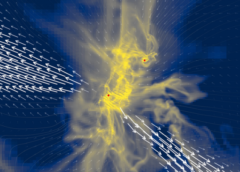
Nearly half of Sun-size stars are binary. According to University of Copenhagen research, planetary systems around binary stars may be very different from those around single stars. This points to new targets in the search for extraterrestrial life forms. Newswise — Nearly half of Sun-size stars are binary. According to University of Copenhagen research, planetary…
-
Total Lunar Eclipes: Tonight!!!
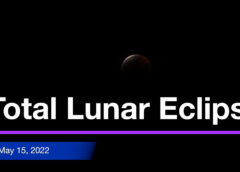
A total lunar eclipse will occur tonight, May 15, 2022, the first of two this year. The second eclipse will happen in November of this year.. The eclipse will be a dark one with the northern limb of the Moon passing through the center of Earth’s shadow. This is the first central eclipse of Lunar Saros 131. The eclipse will be completely visible over most of North…
-
Astronomers reveal first image of the black hole at the heart of our galaxy
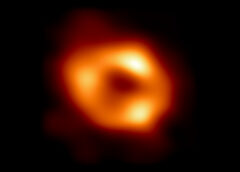
Today, at simultaneous press conferences around the world, including at the European Southern Observatory (ESO) headquarters in Germany, astronomers have unveiled the first image of the supermassive black hole at the centre of our own Milky Way galaxy. This result provides overwhelming evidence that the object is indeed a black hole and yields valuable clues…
-
Tau Herculids A Possible Surprise Meteor Shower!
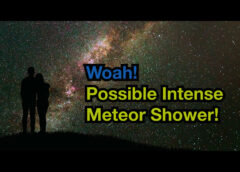
We might have the opportunity to witness a possibly intense meteor event due to a comet that split apart in 1995. Apparently, it is still fracturing. It could cause a spectacular mini meteor shower called the Tau Herculids… It’s parent comet is 73P/Schwassmann-Wachmann 3, which was discovered back in 1930, by German observers Arnold Schwassmann and…
-
Coming soon to the skies above, the Eta Aquariids.

The Eta Aquariids are a meteor shower that is visible from about April 19 to about May 28 each year. The meteor shower is the result of its parent comet, which is the famous Halley’s Comet. The meteors we currently see as members of the Eta Aquariid shower separated from Halley’s Comet hundreds of years ago. The current orbit of…
-
The Night Sky | May 2022 | Venus & Jupiter Conjunction | Total Lunar Eclipse | Eta Aquarids Meteors

Late Night Astronomy Venus & Jupiter appear to collide, the Moon turns blood red and a meteor shower lights up the sky! It’s a busy month for the night sky this May. Regardless of your experience or equipment, we’ve got something here for you. Please let me know what excites you about space and what…
